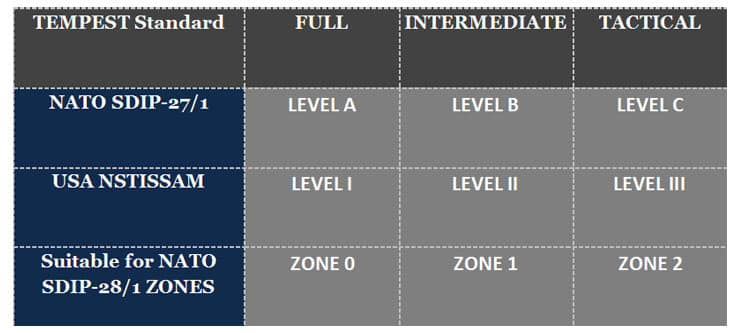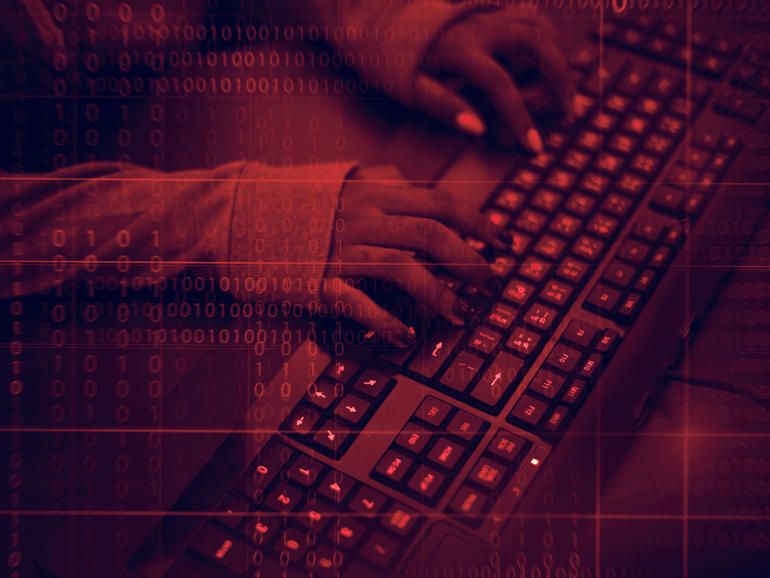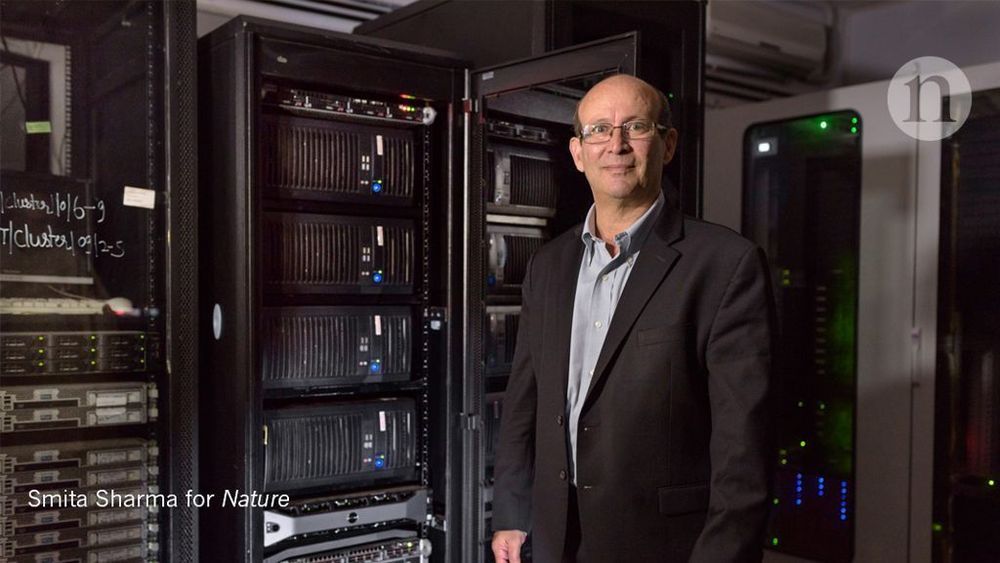The human body has plenty of nifty tricks to keep itself alive for as long as possible, and scientists still haven’t come close to figuring them all out. Case in point, a team of researchers this week describe a previously unknown type of cell near the heart that helps it heal from injury. The discovery could lead to new therapies or, at the very least, change how heart surgeons operate on our most precious organ, according to the researchers.
When an organ in our body gets injured, there are broadly two major sources of help it can marshal: the cells inside the organ, and the blood cells that can reach it through the networks of vessels that circulate all throughout the body. These blood cells can help clear debris and dying cells from the injury site, signal the rebuilding process to replace lost cells, and ward off foreign invaders like bacteria or viruses.








